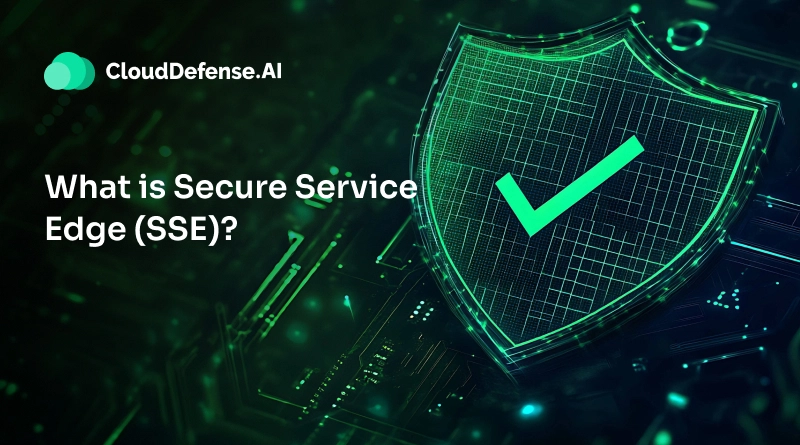
Secure Service Edge (SSE) is a cloud-based security framework that combines essential protection measures such as Zero Trust Network Access (ZTNA), Secure Web Gateway (SWG), Cloud Access Security Broker (CASB), and Firewall-as-a-Service (FWaaS). This integrated approach safeguards users, applications, and data, ensuring secure access and threat protection regardless of location.
SSE emerged as a response to the limitations of traditional security models, which relied on hardware-based firewalls and VPNs that were difficult to scale. As businesses transitioned to cloud environments and embraced remote work, security solutions needed to evolve. SSE is the security-focused component of the broader Secure Access Service Edge (SASE) model, providing comprehensive protection without requiring a complete overhaul of networking infrastructure.
Core Security Components of SSE
SSE unifies multiple security functions within a single cloud-delivered solution:
- Cloud Access Security Broker (CASB): Regulates and monitors cloud service usage, preventing unauthorized access and data exposure.
- Secure Web Gateway (SWG): Protects web traffic by filtering malicious content, blocking harmful websites, and preventing malware infections.
- Zero Trust Network Access (ZTNA): Eliminates outdated VPN vulnerabilities by enforcing strict identity verification before granting access to applications.
- Firewall-as-a-Service (FWaaS): Delivers firewall capabilities through the cloud, eliminating the need for on-premises hardware.
By integrating these services, SSE streamlines security operations and mitigates risks associated with disjointed security tools.
Why SSE is Vital for Modern Businesses
Supporting a Remote Workforce
Legacy security models were designed for office-based environments. SSE extends security to remote employees, ensuring data remains protected no matter where users connect.
Security Optimized for Cloud Applications
As organizations increasingly depend on cloud services, SSE ensures robust protection without impacting performance or user experience.
Strengthened Threat Detection and Prevention
Cyber threats are continuously evolving. SSE integrates multiple security layers to detect, prevent, and mitigate sophisticated attacks more effectively.
Simplified and Cost-Effective Security Management
By consolidating security functions into a unified platform, SSE reduces operational complexity and eliminates the inefficiencies of managing multiple disparate tools.
Scalability and Adaptability
SSE solutions can seamlessly grow alongside a business, allowing organizations to enhance security coverage without the hassle of deploying additional hardware.
Enhanced User Experience
Traditional security measures often slow down access. SSE ensures fast, secure connections to applications, eliminating the frustrations associated with VPN-based solutions.
Selecting the Right SSE Solution
Organizations must consider factors such as security priorities, user workflows, cloud infrastructure, and growth projections when choosing an SSE solution. Seamless integration with existing security tools, ease of management, and strong vendor support are also essential for a successful implementation.
Conclusion
As cybersecurity threats continue to evolve, businesses need to adopt modern security frameworks. SSE represents a strategic shift toward cloud-first security, providing a streamlined and scalable approach to safeguarding digital assets. By leveraging SSE, organizations can enhance security, maintain compliance, and ensure efficient security management in today’s cloud-driven landscape.




Top comments (0)